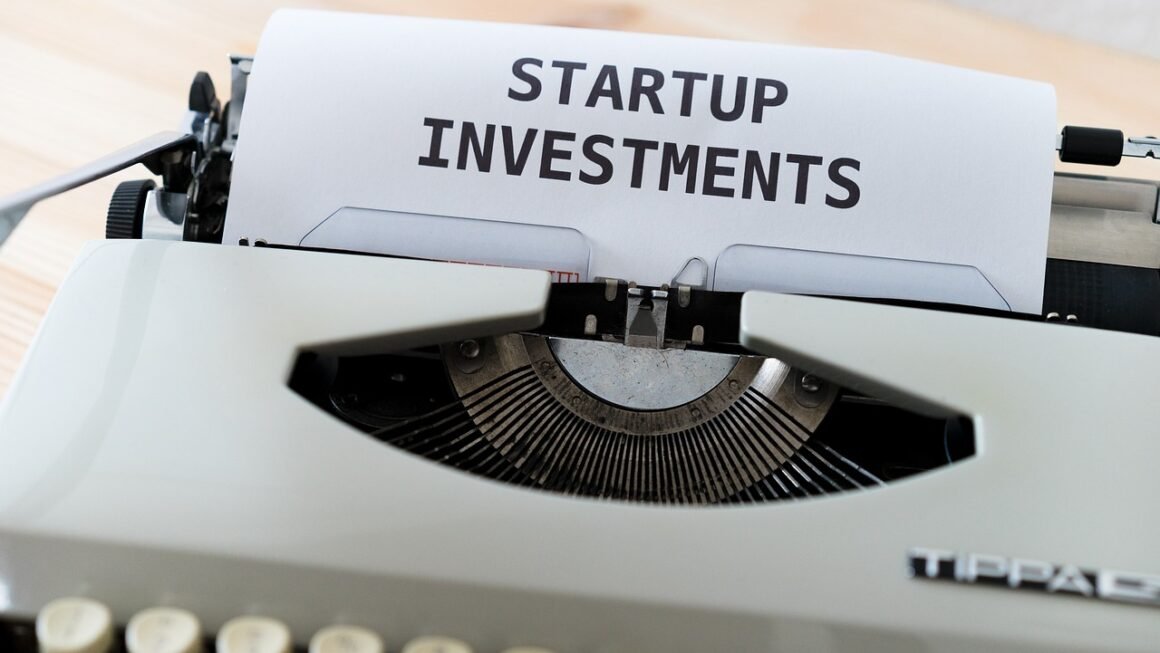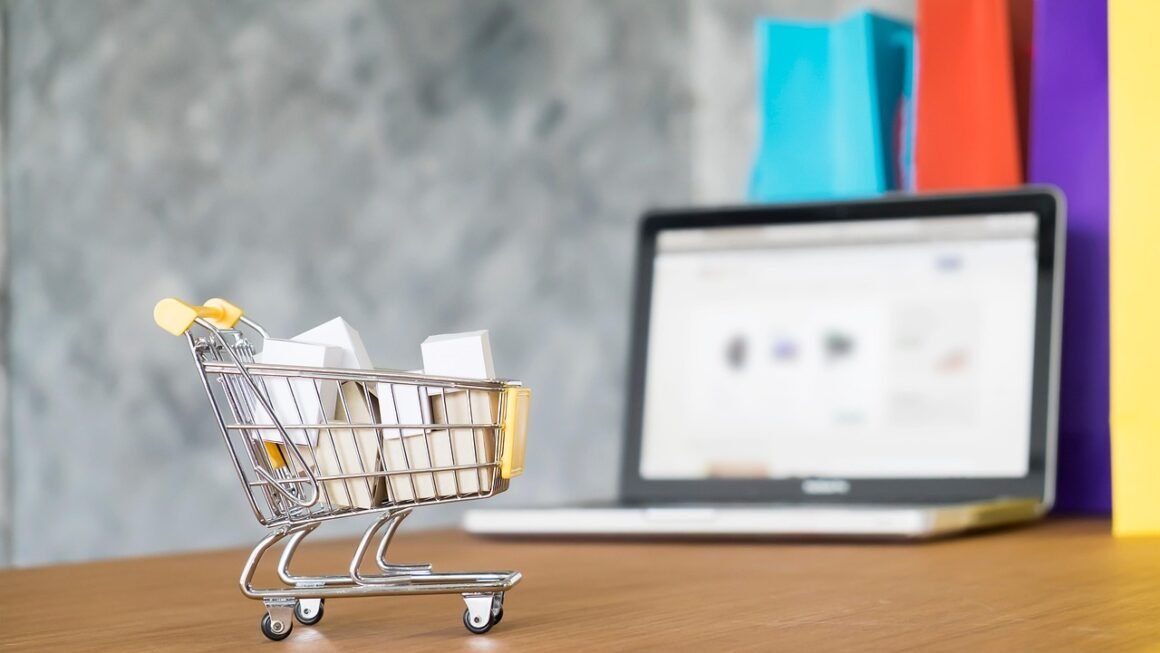Upselling: The Art of Boosting Sales and Customer Satisfaction
Upselling is often misunderstood as a pushy sales tactic. However, when implemented strategically and ethically, it’s a powerful way to increase revenue while enhancing the customer experience. It involves recommending higher-value or upgraded versions of the product or service a customer is already considering. By understanding customer needs and offering relevant solutions, businesses can significantly improve sales figures and build stronger, more loyal customer relationships. This post will explore the ins and outs of upselling, providing practical tips and examples to help you master this valuable sales technique.
Understanding the Fundamentals of Upselling
Upselling is more than just trying to get customers to spend more money. It’s about understanding their needs and offering solutions that better address those needs than the product or service they originally intended to purchase. It’s about demonstrating value and providing a superior experience.
What Upselling Really Means
- Focus on Value: The core principle of upselling is providing additional value to the customer. The upgrade should genuinely offer features or benefits that enhance their experience.
- Relevance is Key: The upsell should be directly relevant to the customer’s initial purchase or expressed need. Irrelevant offers will likely be rejected and could damage your credibility.
- Timing Matters: Present upsell opportunities at the right moment – typically after the customer has shown interest in the initial product but before they’ve finalized their decision.
- Ethical Considerations: Transparency is crucial. Clearly explain the benefits of the upgrade and ensure the customer understands the differences between the options. Avoid high-pressure tactics.
Distinguishing Upselling from Cross-selling
While often used interchangeably, upselling and cross-selling are distinct strategies.
- Upselling: Encourages the customer to purchase a more expensive or upgraded version of the same item they are already interested in (e.g., upgrading to a larger hard drive on a laptop).
- Cross-selling: Suggests related or complementary items to the customer’s initial purchase (e.g., recommending a laptop bag or a wireless mouse when someone buys a laptop).
Think of it this way: upselling is about “more of the same,” while cross-selling is about “something extra.” Both strategies aim to increase sales, but they do so through different approaches.
Benefits of a Successful Upselling Strategy
A well-executed upselling strategy delivers numerous benefits beyond simply increasing revenue. It can improve customer satisfaction, foster loyalty, and even enhance brand perception.
Increased Revenue and Profitability
- Higher Average Order Value (AOV): Upselling directly contributes to a higher AOV, as customers are spending more per transaction.
- Improved Profit Margins: Upgraded products or services often have higher profit margins than the base offerings.
- Reduced Customer Acquisition Costs: It’s generally more cost-effective to upsell to existing customers than to acquire new ones. Statistics show acquiring a new customer can cost five times more than retaining an existing one.
Enhanced Customer Experience
- Meeting Underlying Needs: By offering upgrades that better address customer needs, you can improve their overall satisfaction with the purchase.
- Discovering Unmet Needs: Upselling can help customers discover features or benefits they weren’t initially aware of, leading to a more complete and satisfying solution.
- Building Trust and Loyalty: When done ethically and with the customer’s best interest in mind, upselling can build trust and foster long-term loyalty.
Strengthening Customer Relationships
- Personalized Recommendations: Effective upselling relies on understanding customer preferences and providing personalized recommendations, which demonstrates that you value their individual needs.
- Ongoing Engagement: Upselling opportunities can provide ongoing engagement with customers, even after the initial purchase.
- Positive Word-of-Mouth: Satisfied customers who feel they received genuine value from an upsell are more likely to recommend your business to others.
Effective Upselling Techniques and Tactics
Mastering upselling requires a combination of understanding customer psychology, employing effective communication skills, and utilizing data-driven insights.
Understanding Customer Needs
- Active Listening: Pay close attention to what the customer is saying and ask clarifying questions to understand their specific needs and pain points.
- Analyzing Purchase History: Review the customer’s past purchases to identify patterns and preferences that can inform your upsell recommendations.
- Utilizing Customer Data: Leverage CRM systems and other data sources to gain a deeper understanding of customer demographics, behaviors, and needs.
Offering Relevant Upgrades
- Highlighting Key Benefits: Clearly articulate the benefits of the upgrade and how it will improve the customer’s experience. Use specific examples and quantify the value whenever possible.
- Creating a Sense of Urgency: Offer limited-time promotions or exclusive deals to incentivize customers to upgrade. However, avoid creating artificial urgency that feels manipulative.
- Bundling Options: Offer bundled packages that combine the base product with relevant upgrades at a discounted price.
Providing Exceptional Customer Service
- Empathetic Communication: Approach upselling with empathy and understanding. Focus on helping the customer find the best solution for their needs, rather than simply trying to make a sale.
- Clear Explanations: Provide clear and concise explanations of the differences between the base product and the upgraded version.
- Easy Return Policies: Offer hassle-free return policies to alleviate any concerns the customer may have about upgrading.
- Example: A customer is buying a basic smartphone. An upsell opportunity could be to recommend a model with a better camera and larger storage capacity, highlighting the benefits for taking high-quality photos and storing more files. Frame it in terms of how it will improve their everyday life, not just about features.
Avoiding Common Upselling Mistakes
While upselling can be highly effective, it’s important to avoid common pitfalls that can damage customer relationships and harm your reputation.
Being Too Pushy or Aggressive
- Respect Customer Boundaries: If a customer declines an upsell, gracefully accept their decision and avoid pressuring them further.
- Focus on Value, Not Sales: Ensure your primary focus is on providing value to the customer, rather than simply trying to make a sale at any cost.
Recommending Irrelevant or Unnecessary Upgrades
- Tailor Recommendations: Ensure your upsell recommendations are directly relevant to the customer’s needs and purchase history.
- Avoid “One-Size-Fits-All” Approaches: Don’t use the same upsell script for every customer. Personalize your approach based on their individual circumstances.
Hiding Costs or Misrepresenting Benefits
- Transparency is Key: Clearly disclose all costs associated with the upgrade and accurately represent the benefits.
- Avoid Deceptive Practices: Never mislead customers about the capabilities or limitations of the upgraded product or service.
- Example: A customer purchases a budget laptop for basic word processing. Offering them a high-end gaming laptop as an upsell is irrelevant and likely to be rejected. A more relevant upsell would be offering extended warranty, additional RAM, or a faster SSD drive.
Measuring and Optimizing Your Upselling Efforts
To maximize the effectiveness of your upselling strategy, it’s essential to track key metrics and make data-driven adjustments.
Key Performance Indicators (KPIs) to Track
- Upsell Conversion Rate: The percentage of customers who accept an upsell offer.
- Average Order Value (AOV): The average amount spent per transaction.
- Revenue from Upsells: The total revenue generated from upselling efforts.
- Customer Satisfaction (CSAT): A measure of customer satisfaction with the upselling experience.
- Customer Lifetime Value (CLTV): The predicted revenue a customer will generate over their relationship with your business.
A/B Testing and Experimentation
- Test Different Upsell Offers: Experiment with different upgrade options to see which ones resonate most with your customers.
- Optimize Timing and Placement: Test different points in the customer journey to present upsell offers.
- Refine Messaging and Presentation: Experiment with different wording and visual elements to improve the effectiveness of your upsell messaging.
Using Customer Feedback
- Solicit Feedback: Actively solicit feedback from customers about their upselling experience.
- Analyze Feedback: Review customer feedback to identify areas for improvement in your upselling strategy.
- Implement Changes: Make data-driven changes to your upselling approach based on customer feedback and performance data.
Conclusion
Upselling is a powerful tool for increasing revenue and enhancing customer satisfaction. By focusing on providing value, offering relevant upgrades, and avoiding common pitfalls, businesses can create a win-win situation for both themselves and their customers. By continuously measuring and optimizing your upselling efforts, you can refine your strategy and maximize its impact on your bottom line and customer loyalty. Embrace upselling as a strategic initiative, not just a sales tactic, and you’ll unlock its full potential to drive sustainable growth.



